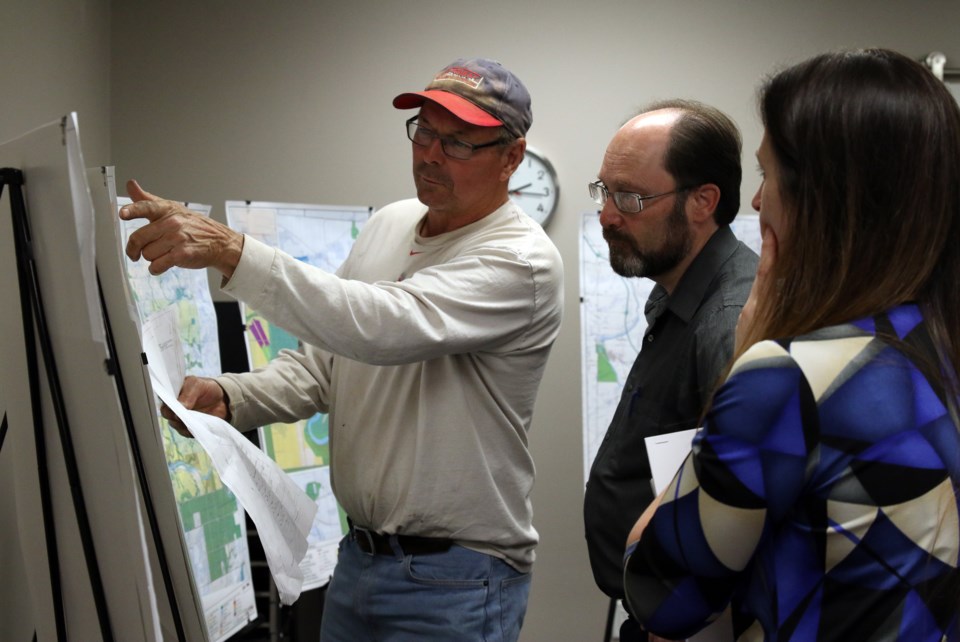OLIVER-PAIPOONGE -- Rural living is all about character and maintaining Oliver-Paipoonge's divided property sectors is at the heart of the municipality's proposed official plan.
Oliver-Paipoonge hasn't had a combined official plan since the diverse municipalities west of Thunder Bay amalgamated 13 years ago. The municipality's plan projects its population will increase 9.2 per cent by 2031 and although Mayor Lucy Kloosterhuis sees greater growth potential, bringing Oliver-Paipoonge's policies in line with provincial regulations will lead to controlled, slow growth.
"Let's put it this way: we probably would have wanted some areas we would have liked to have had more development in but they're saying, 'no, we're giving you a maximum of so much expansion over the next five years, 10 years 20 years,' and we can abide by that," Kloosterhuis said.
"I think our ratepayers will see their taxes will be maintained but their roads will also be maintained, their services will be maintained and for a decent tax dollar, they're going to get good services."
The draft plan directs development to ensure residential, commercial, industrial and agricultural land uses remain isolated from each other. Kloosterhuis said residential developments will be fostered along Oliver Road as well as the villages of Rosslyn, Murillo, Kakabeka Falls and part of Stanley.
The plan also calls for an increased share of industrial and supporting commercial businesses. Target areas include expanding the existing development at Twin City Crossroads, bolstering Murillo's industrial park and setting aside probable sites for aggregate mining.
"We have a lot of land. We have areas that are restricted as well," Kloosterhuis said.
"We have areas where it's agricultural. For example, the Slate River Valley -- you're not going to be allowed to have more building lots there. That should be for agriculture. But we have a lot land out here so we have a lot of of room for future people (to) come in and move and build their homes."
Agriculture is the cornerstone of Oliver-Paipoonge's social and economic tradition. The plan will entrench the sector, enshrining a five-acre minimum property size in rural areas and a 10-acre minimum property on land zoned for agriculture. Its language fiercely protects farming with environmental protections as well as extensive buffer zoning for any kind of development.
Peter Aalbers has farmed in Oliver-Paipoonge since 1980 and now manages 330 animals on his property. At Wednesday's public consultation, he pointed out the question of acreage doesn't account for where farms are located on properties. His greatest concern was the possibility of residential property development on traditional farmland whose residents could take issue with the lifestyle of their new neighbours.
"These people will start complaining," Aalbers said.
"When we work late at night, the lights will shine in the house. The noise might keep people awake. Springtime comes, we're spreading manure. It stinks. We have to go somewhere for our disposal for the animals, right? Then we'll get flies because there's hot weather and they'll complain about flies. The list goes on and on.
"For that part, it's better that we keep the residents as far as possible away from agriculture in order to keep peace between agriculture and the residents."
